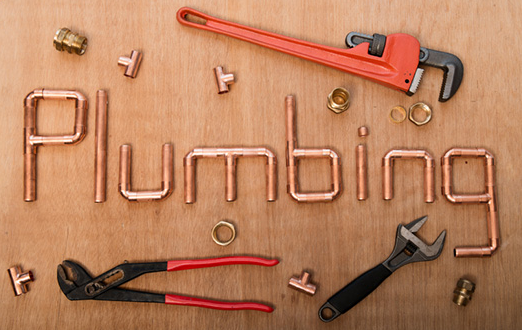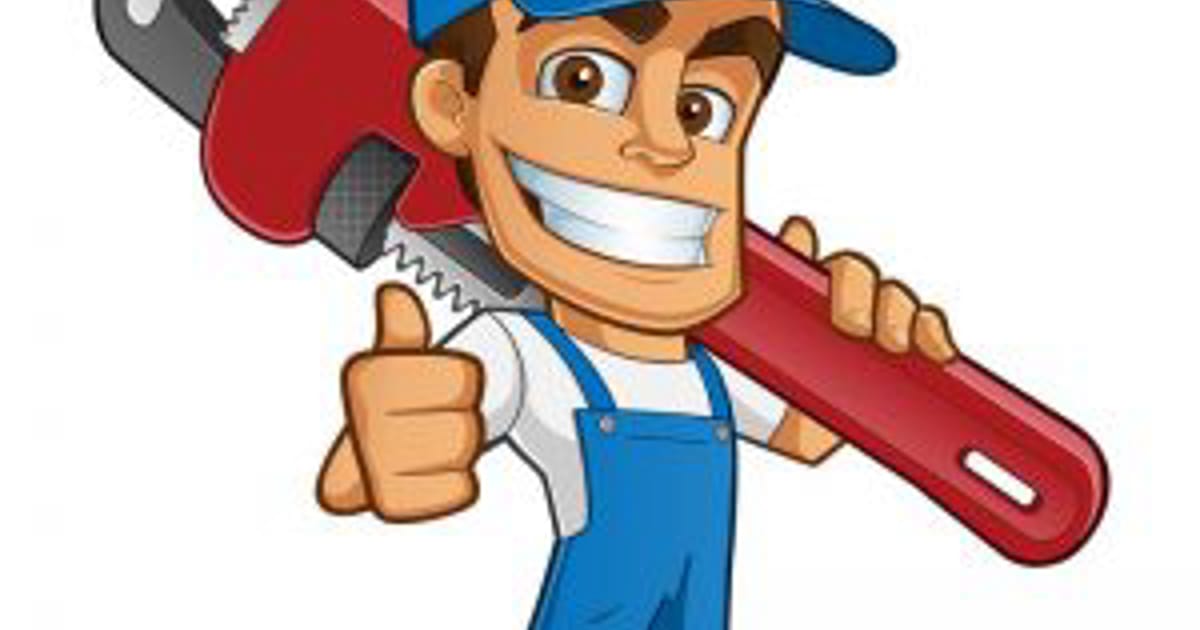Understanding Pipes and Home Heating Codes and Regulations
As a property owner or building supervisor, you can not pay for to overlook the significance of comprehending pipes and home heating codes. These regulations aren’t simply bureaucratic bureaucracy they’re made to maintain your residential or commercial property and its passengers secure. From accepted products to proper installment techniques, code conformity is vital. But that’s not all staying with these criteria can additionally improve performance and save useful sources. So, you may be asking yourself, what other benefits do these codes provide? Let’s check out even more.
Trick Takeaways
Pipes codes specify approved products, correct component installment, and venting requirements to guarantee secure sewage system gas disposal and backflow avoidance.
Heating unit air flow criteria dictate vent materials, dimensions, and setups to help with reliable burning gas expulsion and satisfy security standards.
Water preservation policies mandate using water-saving technologies, drought-resistant landscape design, and deal rewards for eco-friendly practices.
Electric safety codes ensure proper electrical wiring methods, appropriate grounding, circuit protection, and the use of GFCIs to prevent electrical hazards.
Authorization and evaluation processes call for thorough job documentation and thorough conformity checks to promote well established safety and security and efficiency requirements.
Essential Pipes Code Requirements
Fundamental plumbing code demands include vital elements of your home’s water and drainage systems, ensuring their proper and risk-free installment.
These codes determine the accepted materials for pipelines, from copper and PVC to more customized choices like cast iron. Selecting the best pipe materials is important, as they have to withstand pressure, temperature level, and potential corrosion.
Additionally, the code defines how fixtures like sinks, bathrooms, and showers have to be set up to avoid leaks and guarantee efficient water drainage. Proper component positioning and connections are vital to preserving water stress and avoiding cross-contamination.
The code additionally details requirements for venting, which permits drain gases to safely air vent outdoors, and backflow prevention gadgets that protect your drinking water.
Recognizing and adhering to these essential pipes code requirements will not just keep your home in compliance however also protect the health and wellness of your family.
Remain educated and deal with licensed professionals to assure your plumbing system meets all essential standards.
Heating Unit Ventilation Requirements
While proper ventilation is crucial for your home’s heater, the pertinent codes guarantee your security. These criteria dictate the suitable vent products, sizes, and installation methods to avoid unsafe gas accumulation or backdrafting.
Picking the appropriate vent configuration is important, as it permits your furnace or central heating boiler to successfully expel burning results outside while providing enough air flow for effective procedure.
Air flow types for furnace consist of natural draft, induced draft, and straight vent. All-natural draft systems depend on the all-natural buoyancy of warm exhaust gases to vent, while induced draft utilizes a follower to draw the gases out.
Straight air vent systems attract air in from outdoors and eliminate exhaust straight outside, avoiding interior air contamination. The picked ventilation type effects your system’s efficiency, along with the air vent pipe size, product, and transmitting required.
Appropriate installment is essential to satisfy code needs and ensure secure, effective home heating.
Water Preservation and Efficiency Policies
Together with appropriate furnace ventilation, water preservation and efficiency policies play a crucial duty in lasting home management. You’ll discover that many local and local codes mandate the use of water-saving innovations, such as low-flow taps, showerheads, and toilets, to minimize strain on limited water sources. Environment-friendly components like these can greatly minimize your household’s water consumption, saving you money on energy costs while additionally contributing to ecological preservation.
Beyond interior pipes, water performance policies may also control your exterior landscaping selections. Drought-resistant plants and wise irrigation systems can minimize the amount of water needed to keep a healthy and balanced grass and yard. Some regions also supply refunds or rewards for homeowners that take on these water-conscious landscape design methods.
Staying current with the current water preservation codes and guidelines is essential for ensuring your home fulfills ecological standards and maximizes resource effectiveness. By embracing these plans, you can do your part in shielding our precious water products.
Electrical Safety Considerations
Electric safety should be a leading priority when tackling any type of plumbing or heating job, as inappropriate wiring or outdated electrical systems can pose severe threats. Ascertain all circuitry strategies adhere to regional building codes and guidelines. This consists of appropriately basing all electric components and utilizing the suitable wire assesses for the amperage demands.
Furthermore, integrate proper circuit protection, such as circuit breakers or merges, to prevent overloads and lessen the risk of fire or electrical shock.
When dealing with electrical systems, constantly turn off the power at the primary breaker or separate prior to beginning any kind of job. Carefully check all wiring for indicators of damage or wear, and change any type of suspicious elements.
Think about upgrading to modern security functions like ground mistake circuit interrupters (GFCIs) to provide an extra layer of defense.
Prioritizing electric safety and security won’t only keep you and your family secure, however it will likewise aid determine the longevity and performance of your pipes and furnace.
Authorization and Inspection Processes
Getting the needed permits and passing evaluations are essential steps when embarking on any kind of pipes or heating project, as they ensure your job follows local building codes and security criteria.
Prior to starting any type of job, you’ll need to send permit applications to your neighborhood authorities, providing information like the scope of the task, the products you’ll make use of, and a timeline for conclusion. As soon as your permit is accepted, the genuine job starts.
During the evaluation procedure, building assessors will carefully analyze your task, utilizing comprehensive checklists to verify every little thing from pipe sizing to air flow satisfies the required specs.
Don’t be prevented if your task doesn’t pass on the very first shot – assessors exist to assist, not hinder, your progression. By working closely with them and addressing any kind of concerns, you can get your task back on the right track and guarantee it’s finished safely and up to code.
Often Asked Questions
How Often Should I Have My Plumbing Examined?
You must have your plumbing evaluated on a regular basis to ensure it’s working properly and recognize any potential problems.
The advised frequency for pipes maintenance and examination is typically once a year, though it may differ depending on factors like the age of your home and the regularity of usage.
Routine evaluations can aid catch troubles early, stop expensive repair work, and keep your plumbing system running smoothly.
What Are the Indications of a Leaky Tap?
Routinely check for used washing machines or gaskets, tidy the aerator, and address any loose parts.
Staying on top of faucet upkeep can aid you avoid extra significant, and expensive, pipes troubles down the line.
Can I Set Up a Tankless Water Heater Myself?
Certain, you can set up a tankless water heater yourself, yet it’s important to comply with the do it yourself standards meticulously.
Tankless setup requires specific electrical and pipes work, so make sure you understand the process extensively.
Check your local codes and regulations to ensure your installation fulfills all the needed needs.
Take your time, job securely, and don’t hesitate to seek advice from a professional if you’re uncertain concerning any type of action.

How Can I Lower My Cooling And Heating Prices?
You can lower your heating and cooling costs by concentrating on power performance and HVAC upkeep. emergency plumbing services near me
Start by sealing air leaks around home windows, doors, and ductwork to avoid cozy or great air from getting away.
Schedule annual heating and cooling tune-ups to ensure your system is performing at peak efficiency.
Take into consideration updating to a high-efficiency HVAC device, and use programmable thermostats to optimize your home’s temperature level.
These simple actions can substantially reduce your power bills and maintain your home comfortable year-round.
What Is the Distinction In Between a License and an Assessment?
When you require to make modifications to your home’s pipes or heating unit, you’ll likely require to obtain an authorization from your local authorities.
The authorization ensures the work satisfies safety and security standards.
Once the work is done, an inspector will certainly check out to analyze it and validate it follows the permit requirements.
The inspection process validates the work was done correctly, securing you and your family.
Adhering to these actions is important for your home’s security and functionality.
Final thought
As a property owner, you need to prioritize understanding and sticking to pipes and heating codes. These laws assure your systems operate safely, successfully, and compliantly.
By following the authorized materials, setup techniques, and upkeep techniques, you’ll shield public health, conserve resources, and improve your home’s security.
Staying educated on regional codes is important for fostering a safe atmosphere and promoting liable resource management.
